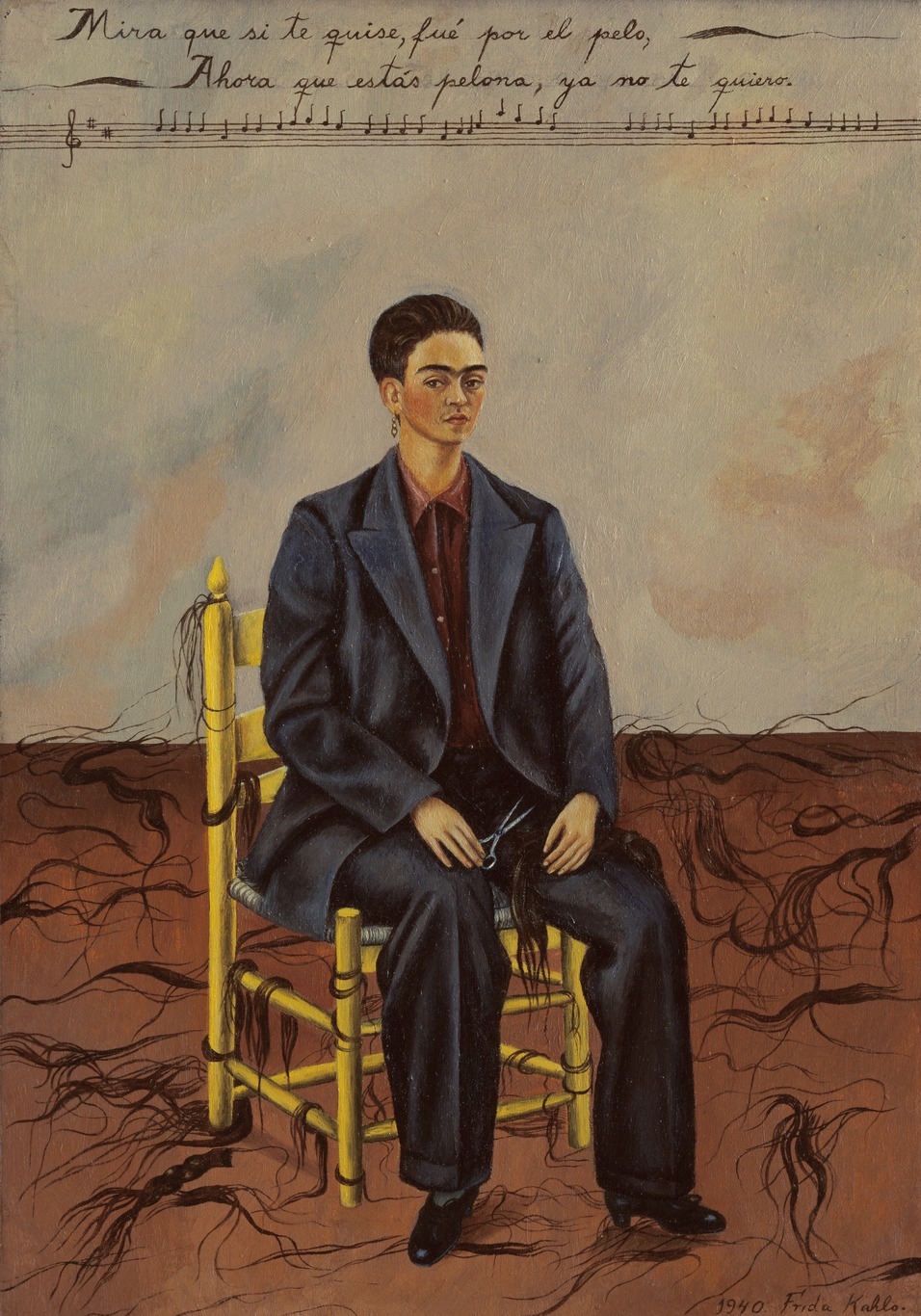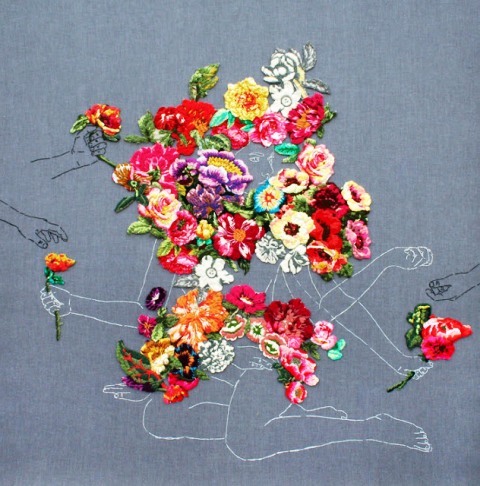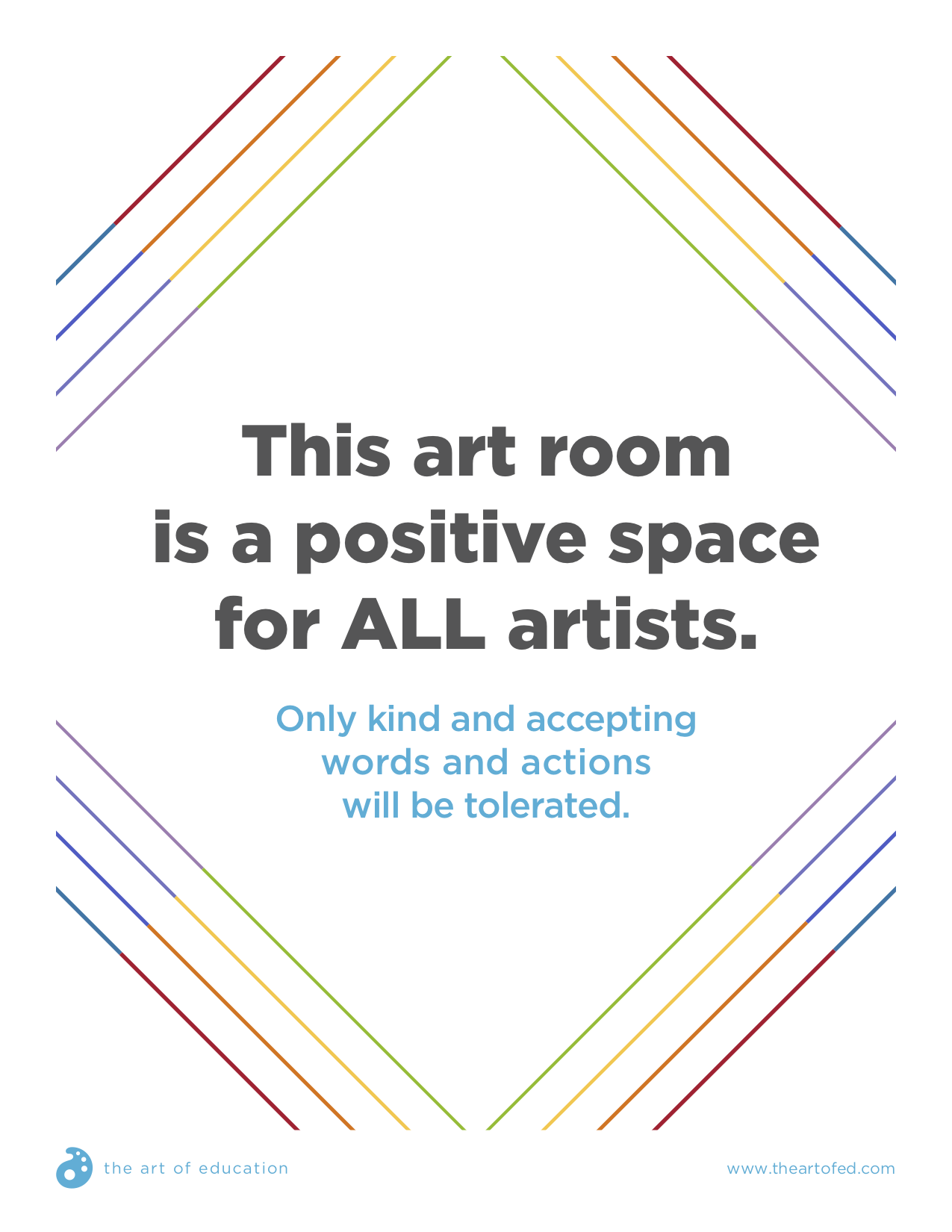Identity is an important part of being an artist.
To be an artist, you must delve deeply into how you see yourself and the world around you. So, as art teachers, a big part of our job is to make sure students feel safe and accepted in the art room. And we are notoriously good at it.
Creating a classroom culture where students feel safe to explore and take risks sometimes means putting our own biases aside. We must work to understand what our students need to be successful. One idea to consider is how we use inclusive language around gender.
Here are some tips to help make your art room gender inclusive:
1. Notice gender stereotypes.
Gender stereotypes exist passively in our minds. For instance, we may incorrectly assume our niece would prefer getting a doll over LEGOS for her birthday. That seems harmless, right? But what about if we passively think that girls are better artists while boys excel at math? The truth is, stereotypes can become harmful.
Research has shown that even thinking about gender while performing a task can effect how students perform, according to their stereotypes. That means using gender-specific language in our classroom can actually set our students up for failure.
Although this may seem like a good time to stop focusing on gender altogether, it may be beneficial to open up a conversation with your class around gender stereotypes.
Here 3 ways to address and challenge gender stereotypes in your classroom:
1. Look at artwork that extends or questions gender norms.
Ask students to talk about what they see. Discuss where sexism and gender norms exist in in the artwork and why they think the artist included them. You may want to start with a classic like Frida Kahlo’s Self-Portrait with Cropped Hair, seen below.

Other thought-provoking choices include Blonde/Red Dress/Kitchen by Laurie Simmons and work by the Guerrilla Girls.
2. Look at gender stereotypes in advertising, even with younger students.
Discuss what stereotypes exist for certain toys, colors, or activities. Talk about whether or not these stereotypes are true and why they persist.
3. Have students create a piece of artwork that questions a gender stereotype.
Ask them to reflect on how this stereotype may harm someone’s self-esteem or the ability to succeed.
2. Be mindful of the language you use.
Using gender to address or separate students is a very common practice, especially at the elementary level.
It might sound like:
- “Okay, boys and girls….”
- “Line up boy/girl, please.”
- “The boys may get their supplies.”
- “Let’s have a girl answer the next question.”
Imagine if we used this same practice to separate students by race or clothing size. Every person has different areas of their identity that need to be respected. It may seem odd to many of us, but students may not feel comfortable or accepted when we point out their gender.
To make your classroom more inclusive for students, look at the language you use on a daily basis and replace it with more inclusive language.
Here are 3 specific ways to use inclusive language:
- Use identifiers such as “artists,” “thinkers,” or “students” instead of “boys,” “girls,” or “guys.”
- When lining students up, use identifiers such as shirt color or type of shoe instead of gender.
- When developing a seating chart, think about where a child will work best due to their ability and level of support. Leave gender out of the equation.
To remind your students your classroom is a welcoming place for all, consider downloading and displaying the poster below!
3. Include gender diverse or non-binary artists in your lessons.
We all know certain identities dominate the conversation in the classroom. In the art room, we have the unique opportunity to tip the scales toward representing artists who show one identity isn’t more important than another.
Take a look at your art history curriculum and write down what percentage of the artists fall into identities that are under-represented:
- Male artists vs. female artists?
- White artists vs. artists of color?
- Straight artists vs. LGBTQA artists?
Here are 13 female and LGBTQA artists to share with your students:

- Ana Teresa Barboza Fibers
- María María Acha-Kutscher Digital Art
- Jj Levine Photographer
- Amos Mac Photographer
- Carlos Motta Multi-media
- Vivek Shraya, Photographer
- Alok Vaid-Menon Performance Artist and Poet
- Mickalene Thomas Painter
- Zanele Muholi Photography and installation
- As well as more well-known artist such as David Hockney, Frida Khalo, Keith Haring, and Annie Leibovitz
4. Do more research.
If you’re interested in learning more about how to be more gender inclusive in your classroom, take a look at some of these awesome resources.
- Welcoming Schools
- Tolerance.org: Good Morning, Boys and Girls
- Four Ways to Make Your Classroom More Gender Inclusive
- What Are Gender Stereotypes?
- 7 Tips for Creating a More Gender Inclusive Classroom
Exploring your own ideas and biases around gender can be uncomfortable, and it’s ok to be nervous! Ignoring the issues will only serve to affect the health and well-being of the students under our care. They need our support when it comes to exploring their identities. Making a conscious choice to reflect on our own practices around gender will allow us to empower the students we teach to be more accepting of them and those around them.
Have you ever noticed the role gender plays in your art room?
How do you feel your current classroom culture supports female, non-binary and LGBTQA artists?
This will be my last article with The Art of Education. Writing for AOE has been a great privilege and learning opportunity. I hope we will meet again on our journey to become the best art teachers and humans we possibly can. Remember, you are the most valuable asset in your art room so take time for self-care. You are amazing! See you at the 2017 Art Ed Now Winter Conference!
Magazine articles and podcasts are opinions of professional education contributors and do not necessarily represent the position of the Art of Education University (AOEU) or its academic offerings. Contributors use terms in the way they are most often talked about in the scope of their educational experiences.






